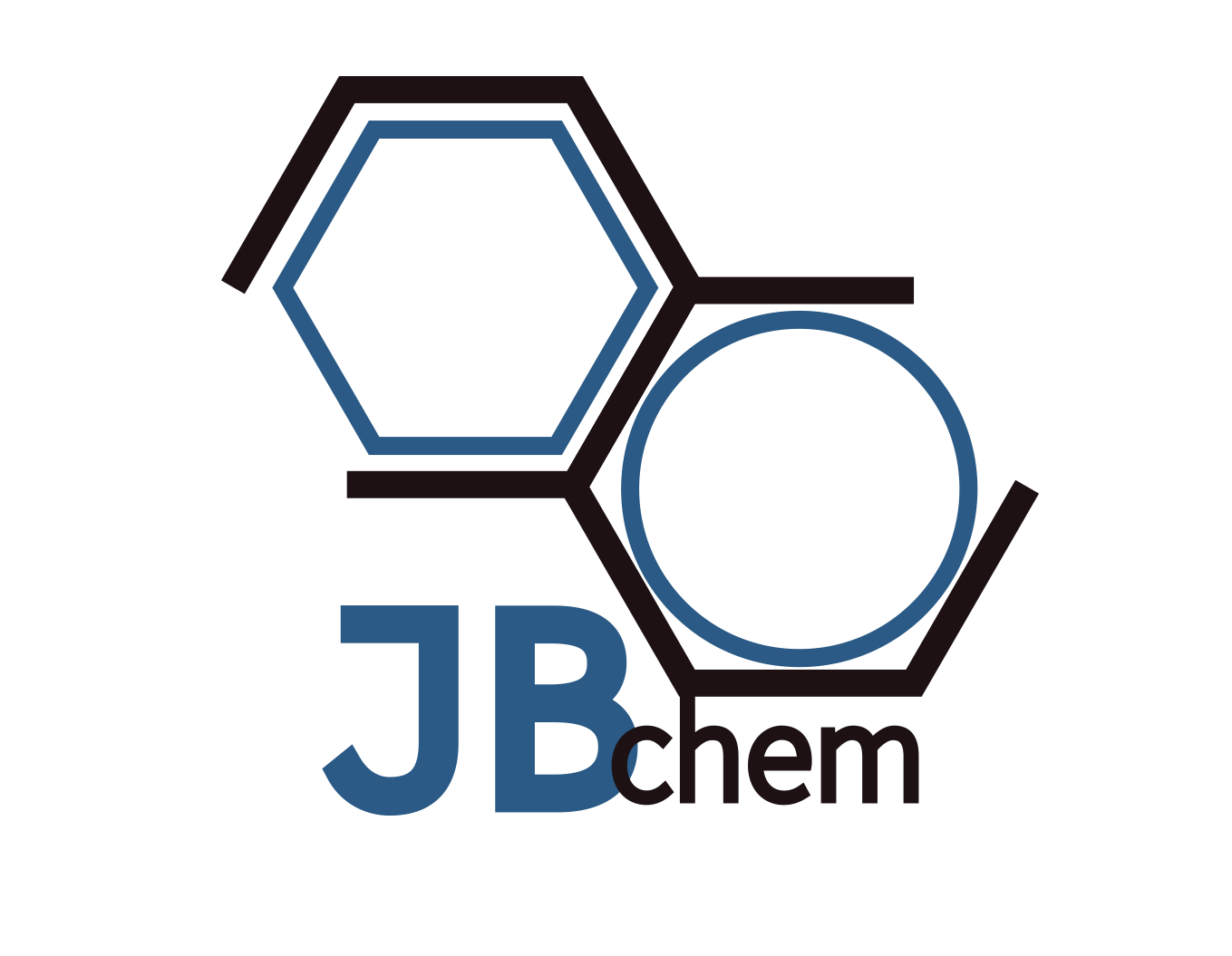Product Properties
Formula: Nd2O3
Purity:99.9999%(6N) ,99.999%(5N), 99.99%(4N),99.9%(3N) (Nd2O3/REO)
Molecular Weight: 336.48
Density: 7.24g / cm3
Melting point: 1900 ℃
Appearance: Pale violet-blue powder
Specification of Neodymium oxide
| Nd2O3/TREO (% min.) | 99.9999 | 99.999 | 99.99 | 99.9 | 99 |
| TREO (% min.) | 99.5 | 99 | 99 | 99 | 99 |
| Loss On Ignition (% max.) | 1 | 1 | 1 | 1 | 1 |
| Rare Earth Impurities | ppm max. | ppm max. | ppm max. | % max. | % max. |
| La2O3/TREO CeO2/TREO Pr6O11/TREO Sm2O3/TREO Eu2O3/TREO Y2O3/TREO | 0.2 0.5 3 0.2 0.2 0.2 | 3 3 5 5 1 1 | 50 20 50 3 3 3 | 0.02 0.01 0.05 0.03 0.02 0.012 | 0.05 0.05 0.5 0.05 0.05 0.04 |
| Non-Rare Earth Impurities | ppm max. | ppm max. | ppm max. | % max. | % max. |
| Fe2O3 SiO2 CaO CuO PbO NiO Cl- | 2 9 5 2 2 2 2 | 5 30 50 1 1 3 10 | 10 50 50 2 5 5 100 | 0.001 0.005 0.005 0.002 0.001 0.011 0.02 | 0.005 0.02 0.01 0.005 0.002 0.001 0.021 |
Application of Neodymium oxide
Catalysts: Neodymium oxide serves as a catalyst in various chemical reactions, including petroleum refining and the production of synthetic rubber. Its catalytic properties can help improve the efficiency of these processes.
Ceramics: In ceramics, neodymium oxide is used to produce strong, heat-resistant materials with improved electrical properties. This application is vital in electronics and in the creation of components that can withstand high temperatures.
Glass Polishing and Decolorizing: Neodymium oxide is also used in the glass industry as a polishing agent for glass surfaces and to decolorize glass by neutralizing unwanted colors imparted by other impurities.
Electronics and Photonics: Due to its electrical properties, neodymium oxide is used in the manufacture of capacitors and other electronic components. In photonics, it’s utilized in fiber optic applications to enhance signal strength and quality.
Magnetic Materials: Although neodymium oxide itself is not magnetic, it is a key raw material in the production of neodymium-iron-boron (NdFeB) magnets when reduced to neodymium metal in the presence of iron and boron. These powerful permanent magnets are essential in modern technologies, including electric vehicles, wind turbines, computer hard drives, and audio equipment.

